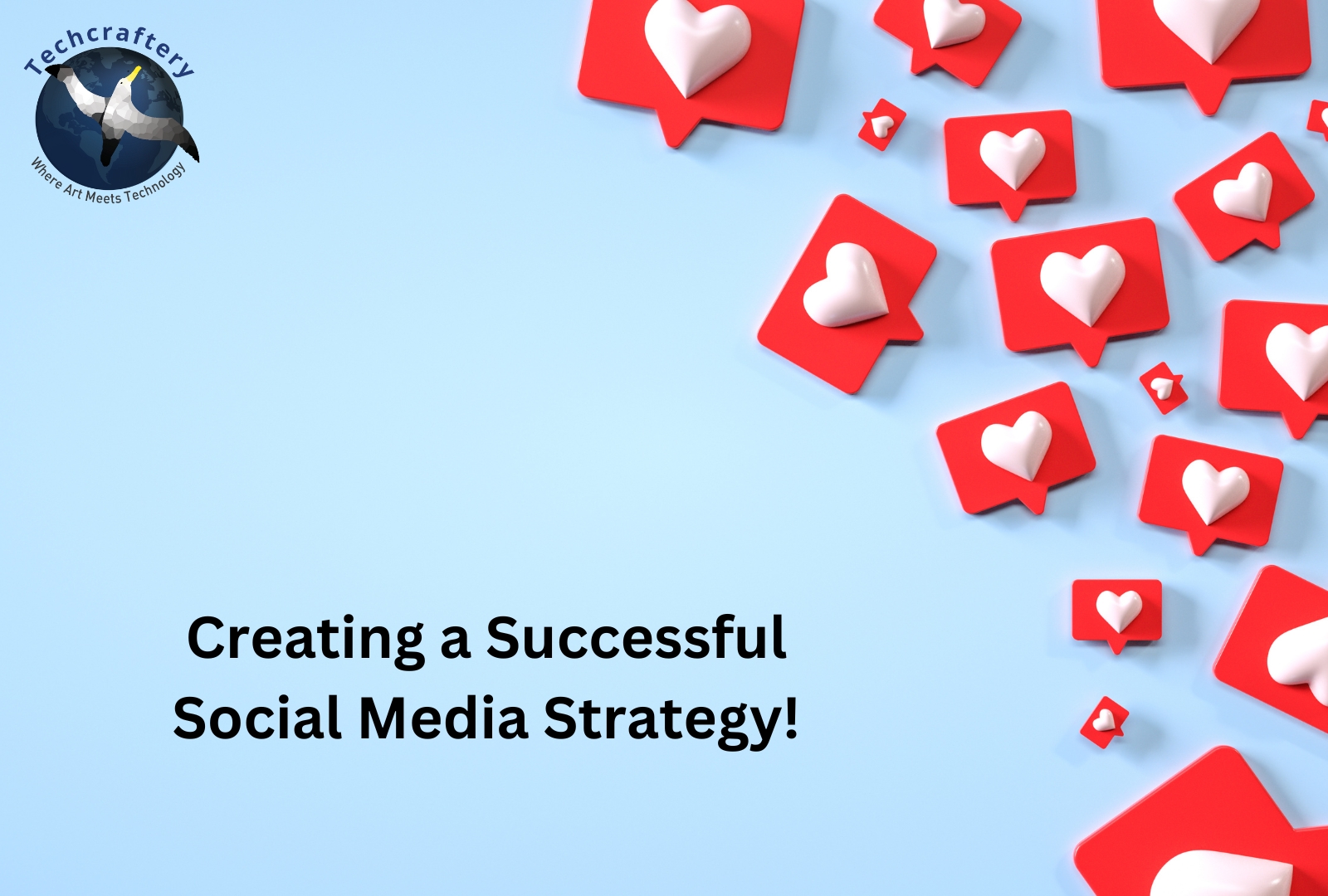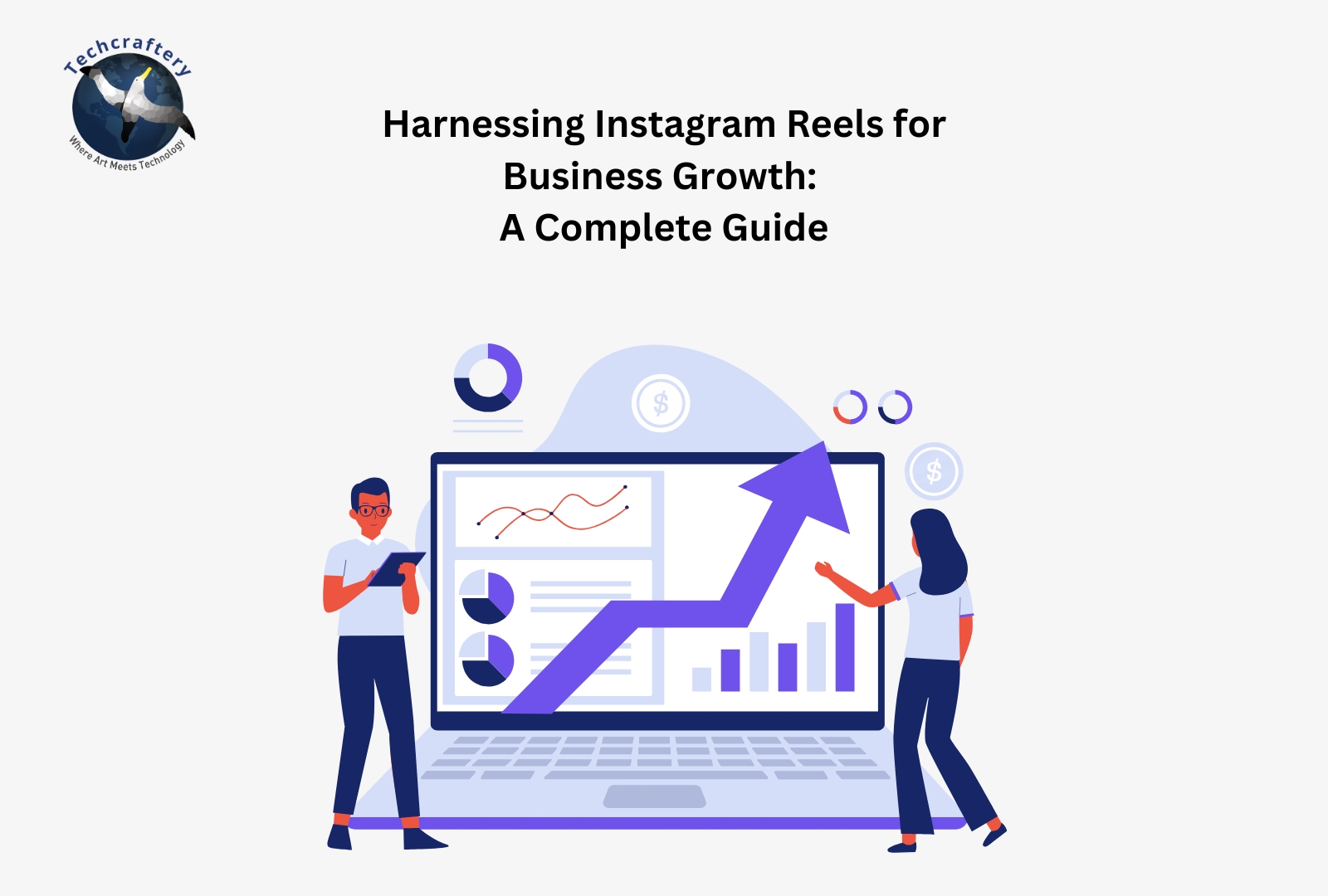In today’s digital age, social media is a powerful tool for businesses and individuals alike. It provides a platform to connect with audiences, share content, and promote brands. However, simply having a presence on social media is not enough. To maximize the benefits, a well-thought-out social media strategy is essential. This guide will walk you through the steps to create a successful social media strategy tailored to your goals.
1. Understanding Social Media Strategy
A social media strategy is a plan that outlines how you will use social media to achieve your business objectives. It includes your goals, target audience, content plan, and methods for measuring success. A solid strategy helps ensure that your efforts are consistent and aligned with your overall marketing objectives.
Why a Social Media Strategy is Important
- Focus: It gives direction to your social media efforts.
- Consistency: A strategy ensures consistent messaging and branding.
- Measurement: It allows you to track your progress and adjust your tactics as needed.
2. Setting Clear Goals
Before diving into social media, it’s crucial to define what you want to achieve. Common social media goals include:
- Brand Awareness: Increasing visibility and recognition.
- Engagement: Building relationships with your audience.
- Traffic: Driving visitors to your website.
- Leads and Sales: Converting followers into customers.
SMART Goals
Use the SMART criteria to set your goals:
- Specific: Clearly define what you want to achieve.
- Measurable: Determine how you will measure success.
- Achievable: Set realistic goals within your capabilities.
- Relevant: Ensure your goals align with your overall business objectives.
- Time-bound: Set a deadline for achieving your goals.
3. Identifying Your Target Audience
Understanding your audience is key to crafting effective social media content. Consider the following factors:
- Demographics: Age, gender, location, and income level.
- Interests: What hobbies and interests does your audience have?
- Pain Points: What challenges or problems do they face that your product or service can solve?
Creating Buyer Personas
Develop detailed profiles (buyer personas) representing your ideal customers. Include information about their demographics, interests, challenges, and social media habits. This will help you create targeted content that resonates with your audience.
4. Choosing the Right Platforms
Not all social media platforms are created equal. Each has its unique audience and features. Here’s a quick overview of some popular platforms:
- Facebook: Great for building community and sharing a variety of content.
- Instagram: Ideal for visual content and targeting younger audiences.
- Twitter: Best for real-time engagement and trending topics.
- LinkedIn: Perfect for B2B marketing and professional networking.
- Pinterest: Excellent for niche markets, particularly in fashion, home decor, and DIY.
- TikTok: Effective for reaching younger audiences with short, engaging videos.
Matching Platforms to Your Goals
Choose platforms that align with your goals and where your target audience is most active. It’s better to focus on a few platforms and do them well than to spread yourself too thin across multiple channels.
5. Developing Your Content Strategy
Content is at the heart of any successful social media strategy. Your content should inform, entertain, and engage your audience while also promoting your brand. Here are some tips for creating an effective content strategy:
Types of Content
- Educational Content: Blog posts, tutorials, and how-to guides.
- Promotional Content: Information about products, services, and special offers.
- User-Generated Content: Encourage your audience to share their experiences.
- Behind-the-Scenes Content: Show the human side of your business.
- Interactive Content: Polls, quizzes, and contests to engage your audience.
Content Calendar
Create a content calendar to plan and organize your posts. This will help you maintain consistency and ensure a balanced mix of content types. Include important dates, holidays, and events that may be relevant to your audience.
6. Engaging with Your Audience
Social media is a two-way street. Engaging with your audience is essential for building relationships and fostering loyalty. Here are some strategies for effective engagement:
Responding to Comments and Messages
Make it a priority to respond promptly to comments and messages. This shows that you value your audience’s input and are willing to engage with them.
Encouraging Conversations
Ask open-ended questions in your posts to encourage discussions. For example, instead of asking, “Do you like our product?” ask, “What features do you find most helpful in our product?”
Hosting Live Events
Consider hosting live Q&A sessions, webinars, or virtual events to connect with your audience in real-time. This not only engages your audience but also positions you as an authority in your industry.
7. Utilizing Paid Advertising
While organic reach is valuable, paid advertising can significantly boost your visibility and engagement. Here’s how to effectively use social media advertising:
Setting a Budget
Determine how much you are willing to spend on paid advertising. Start small and gradually increase your budget as you see results.
Targeting Your Audience
Social media platforms offer advanced targeting options that allow you to reach specific demographics, interests, and behaviors. Use these tools to ensure your ads are seen by the right people.
Monitoring and Adjusting
Regularly monitor the performance of your ads. Adjust your targeting, messaging, and budget based on the results to optimize your campaigns.
8. Analyzing and Measuring Success
Tracking your social media performance is crucial for understanding what works and what doesn’t. Use analytics tools provided by the platforms or third-party tools to measure your success.
Key Metrics to Track
- Engagement Rate: Likes, comments, shares, and saves.
- Reach and Impressions: How many people saw your posts.
- Traffic: The number of visitors to your website from social media.
- Conversions: The number of leads or sales generated from your social media efforts.
Adjusting Your Strategy
Use the insights gained from your analytics to adjust your strategy. Identify which content types and platforms yield the best results and focus your efforts accordingly.
9. Staying Updated with Trends
Social media is constantly evolving, and staying updated with the latest trends is essential for success. Follow industry blogs, attend webinars, and participate in forums to keep your knowledge current.
Experimenting with New Features
Social media platforms frequently roll out new features. Experiment with them to see how they can enhance your engagement and reach. For example, if a platform introduces a new video format, consider incorporating it into your strategy.
10. Building a Community
A successful social media strategy goes beyond promoting products; it’s about building a community around your brand. Foster a sense of belonging among your followers by encouraging discussions and interactions.
Creating a Brand Voice
Develop a consistent brand voice that reflects your values and resonates with your audience. Whether it’s friendly, professional, or humorous, maintaining a consistent tone helps build trust and recognition.
Hosting Community Events
Consider hosting online events or contests to engage your community. This not only increases interaction but also strengthens the bond between your brand and its followers.





